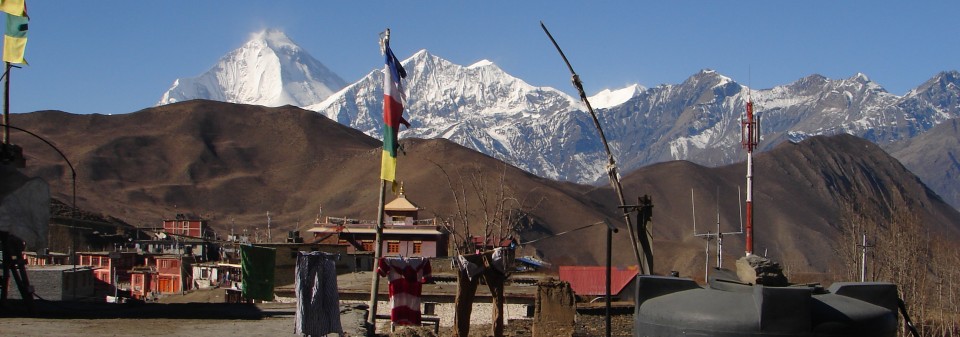Disturbing statistics in the aftermath of Nepal Earthquake have drawn attention of many to the economic side of the calamity. But what would be even more disturbing is the likely long term impact of the earthquake on the overall water resources that support livelihood and economic activities. On the third day of the quake there was news about bursting of new springs in some earthquake affected mountain villages Dolakha where land subsided, which generally happens in such earthquakes. What is surprising this time is that people in Panchkhal and Bhakunde Besi villages of Kavre, which has been experiencing drought for almost a decade saw increased water flow in the local springs in April – the driest month of the year. Water level in some of the tributaries of Roshi Khola in Kavre began rising too. Similarly, owners of private wells near Swayambhu in Kathmandu reported rising water level in their private wells by more than a meter. And there were some in Lalitpur who felt that water level in the wells declined in their locality after the earthquake. Two streams in Barpak of Gorkha – the epicenter of the quake – have also been reportedly dried up. Perhaps the rise in the water level in Roshi Khola or wells in the Valley or dried up streams indicates something crucial in managing local water sources with long-term implications.
In a strong earthquake, springs in the mountains generally get displaced due to disturbance that causes water flows to change course within the mountains. In the process, some of the springs disappear while some reappear in a new area. When location of springs changes it affects water supply systems that have been collecting water from spring sources. But what was unique to the April 25 Earthquake was that there have been reports suggesting a shifting of the land in Kathmandu Valley by 10 feet to the south. There is also speculation than some part of the valley in the north-eastern side has risen by about a meter and some subsidence in the western side. The entire quake affected area must have gone through similar changes and shifts.
The violent shaking of the mountains perhaps squeezed the aquifer in the mountains in such a way that the groundwater in the upland was forced to drain rapidly increasing discharge in the springs and wells. It is difficult to say how long this rise will last, perhaps not for long time. But the adverse impact that the forced draining of the aquifer in the upland have caused, could last long because the springs and village-wells in the hills could dry faster adding to the water shortage problem.
We will be able to rebuild houses and reconstruct damaged structures. We will also begin building livelihood bases and strengthen them, but if the indication of the increased water level or drying streams is pointing to a permanent shift in local hydrology it may mean a completely new picture of the water sources in the hills. It could be that there has been massive disturbance to the internal structure of the mountains. If that has happened there will be less water stored in the aquifer. A reduced aquifer capacity would mean a permanent loss of some water source. This will mean a new set of local environment with implications to all aspects of livelihood and economic activities. Some places may get more water for sometime but changed regulating function of upland watershed would mean change in water yield perhaps with water shortages for longer period.
With Support from Irene Upadhya and Munni Gautam
Madhukar

We need to analyse what hydrology states.. I also witnessed our dried up stream in DAPCHA area of Kavre has good water flow now. Springs have now increased water.
Thanks for confirming the rise in water yield.